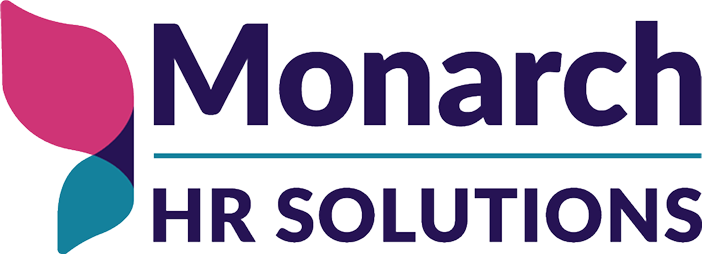Performance review season is around the corner, and for many organizations, it can be a time filled with anxiety – both for employees and managers. Too often, performance reviews are seen as a dreaded formality, a box to check, or worse, a moment of judgment.
However, when done well, performance reviews can be one of the most powerful tools an organization has to strengthen its culture, boost employee engagement, and unlock potential.
What Performance Reviews Are
At their best, performance reviews are:
- A structured opportunity for reflection
- They create space to pause and reflect on what has been accomplished, the challenges that have surfaced, and the lessons that have been learned
- A chance to align
- Reviews bring managers and employees together to clarify expectations, set shared priorities, and make sure both sides are moving in the same direction
- A tool for development
- The real magic of performance reviews isn’t in evaluating the past, but in charting the path forward—identifying opportunities for growth, development, and career progression.
What Performance Reviews Are Not
It’s just as important to be clear about what reviews shouldn’t be:
- A one-time event. If feedback only happens once a year, employees are left in the dark the rest of the time.
- A surprise. Reviews shouldn’t be the first time someone hears feedback—good or bad.
- A list of shortcomings. While addressing challenges is part of the process, reviews that focus only on what went wrong can discourage rather than inspire.
The Power of Feedback
One of the most important parts of a performance review is feedback. It isn’t always easy to hear – especially when it’s constructive – but it’s also one of the most valuable tools we have for growth.
- Feedback gives us perspective. It lets us step outside of ourselves and see how others experience our work, our behavior, and our impact. Sometimes that means shining a light on strengths we might take for granted, and other times it means pointing out blind spots we didn’t even realize were there.
- Feedback is also an opportunity. It’s the opening to learn, adjust, and grow into new skills you might not have tapped into yet.
- And just as importantly, feedback is a sign of investment. When someone takes the time to share it with you, it shows they care about your growth and want to see you succeed.
The best leaders frame feedback not as criticism, but as a shared effort to help employees reach their potential.
Feedback Shouldn’t Live in One Place
A performance review should never be the only place feedback lives. At Monarch, we’ve adopted the adage: “If you see something, say something.”
When feedback is shared in real time, employees can course-correct quickly, reinforce positive behaviors, and build stronger habits. But when leaders hold back until review season, they risk unintentionally reinforcing poor performance – or missing an opportunity to recognize excellence in the moment. Timely feedback creates a culture of accountability and continuous improvement, where growth is an ongoing conversation rather than an annual event.
Done Right, Reviews Are a Launching Pad
Performance reviews are not the end of the year’s work – they’re the launching pad for what comes next.
When organizations use them thoughtfully, reviews can:
- Strengthen relationships between managers and employees
- Provide clarity around goals and expectations
Build confidence and motivation - Unlock new levels of performance and engagement
The season of performance reviews doesn’t have to be dreaded. It can be transformative. As leaders and business owners, the question isn’t just “What did my team achieve this year?” but also “How can I use this moment to set them up for even greater success tomorrow?”
At Monarch HR Solutions, performance reviews should inspire growth, not dread. If you’re looking to transform your review process into a powerful development tool, let’s talk.

